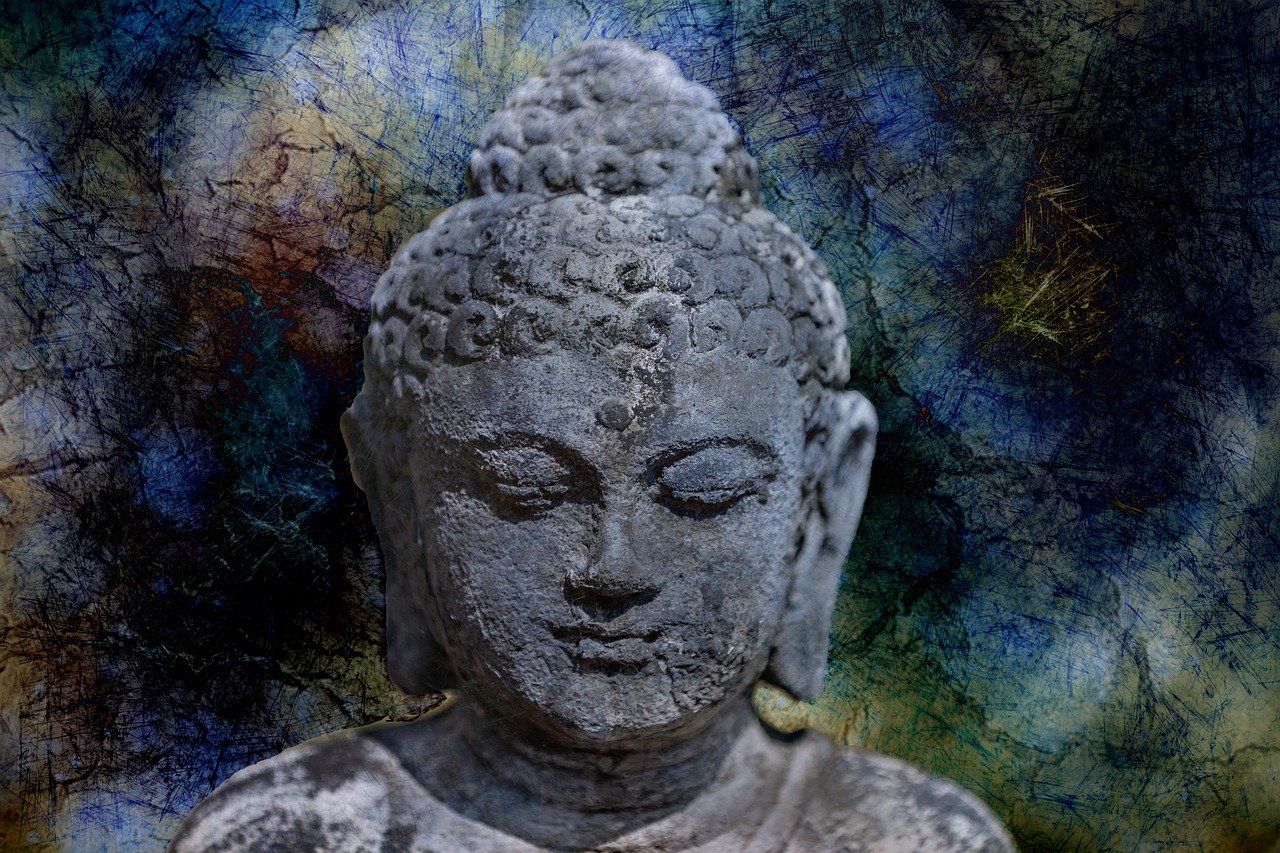6 Tips For A Great Meditation Posture
Meditation Posture
2) Become a puppet on a string. Imagine you were held up by a string coming from the centre of your crown. Gain a sense of the string lifting you upward. This helps to elongate the spine drawing the energy upward, making you feel lighter and straight. To make this a great posture use your in breath to draw upward being pulled up by the string and use your out breath to relax the shoulders, neck, arms and importantly relax the facial muscles. Use this in and out breath to gain beautiful alignment and relaxation – the benchmarks of a great posture.
3) Sit like a mountain. An important element of a good posture is stillness and stability. A great Meditation Masters advice is to to sit like a mountain, unmovable, stable and also majestic. Once you have developed alignment and relaxation in your posture imagine you are like a mountain and draw upon that visualisation to help keep you straight and unmovable. Also your posture should be deeply r
ooted into the earth, grounded and stable. The key here is to remain unmoved and extremely still with the magnificence of huge a mountain.
4) Find your centre. A great meditation posture is balanced perfectly in your centre of gravity, it should not be too far forward or back not too far left or right. To get a feel for this centre of balance, after taking your seat, rock your upper body gently around from side to side and front to back and around until you find that place exactly in the middle. This is a great way to relax and let go of tension too and when you get used to doing this you get a feel for you centre and after gently rocking your body naturally comes to rest in the centre.
5) Let your body reflect your state of mind you are achieving in meditation. To begin meditation practice you are developing a perfectly balance mind, balanced between not being too tense but also not being too slack. A great meditation posture reflects a state of mind of being alert and relaxed at the same time. The too biggest obstacles to a balanced and calm mind is over excitement – thinking too much and drowsiness or sluggishness. A great posture helps to combat these two obstacles by reflecting the perfect balance of being upright and alert and being relaxed and comfortable.
- Full Lotus
- Half Lotus
- Burmese – are all on the front edge of cushion using the 45% angle of cushion to create natural arch in lower back
- Sitting in a Chair – try not to use the back support- just sit on the front edge of the chair.
- Kneeling on a cushion on its side –
- Kneeling on a Stool.
Written by Chad Foreman
Chad Foreman is the founder of The Way of Meditation, has been teaching meditation since 2003, determined to bring authentic meditation practices into the lives of millions of people in the modern world. Chad is a former Buddhist monk who spent 6 years living in a retreat hut studying and practicing meditation full time and has now has over twenty years’ experience teaching meditation. Chad holds regular
Meditation Retreats on the Sunshine Coast Australia, has
Online Meditation Coaching, delivers three online programs - The 21 Day Meditation Challenge to help guide people gradually from the basics of mindfulness and relaxation to profound states of awareness.
Breath-work to help manage stress and go deeper into meditation and
The Bliss of Inner Fire which is a Buddhist tantric method for purifying energy blocks and contacting the clear light of bliss. You can also now get Chad's free e-book Insights Along the Way.
Try This Guided Meditation On Good Meditation Posture
Get A FREE
Guided Meditation Series
with Chad Foreman













